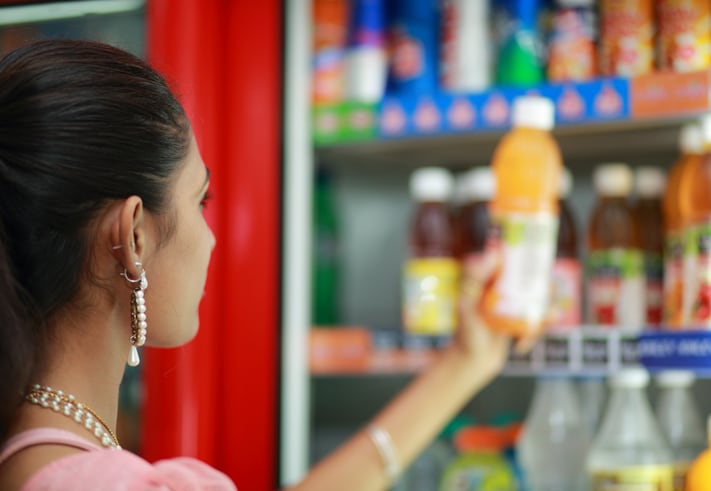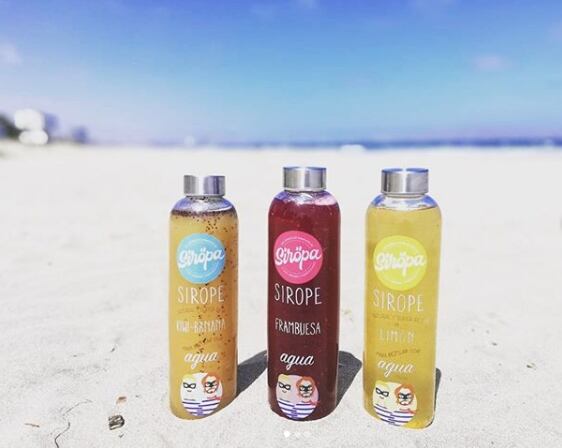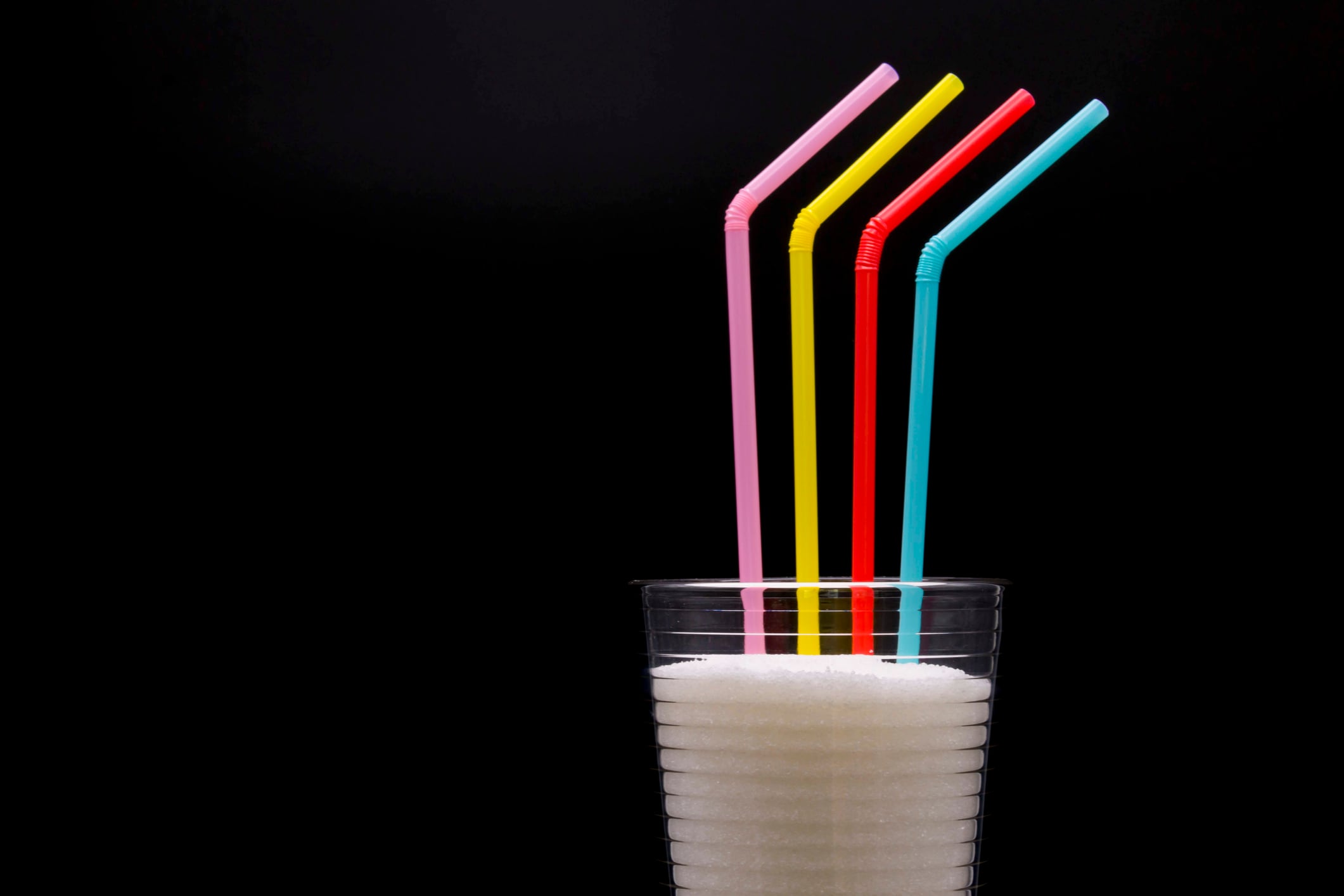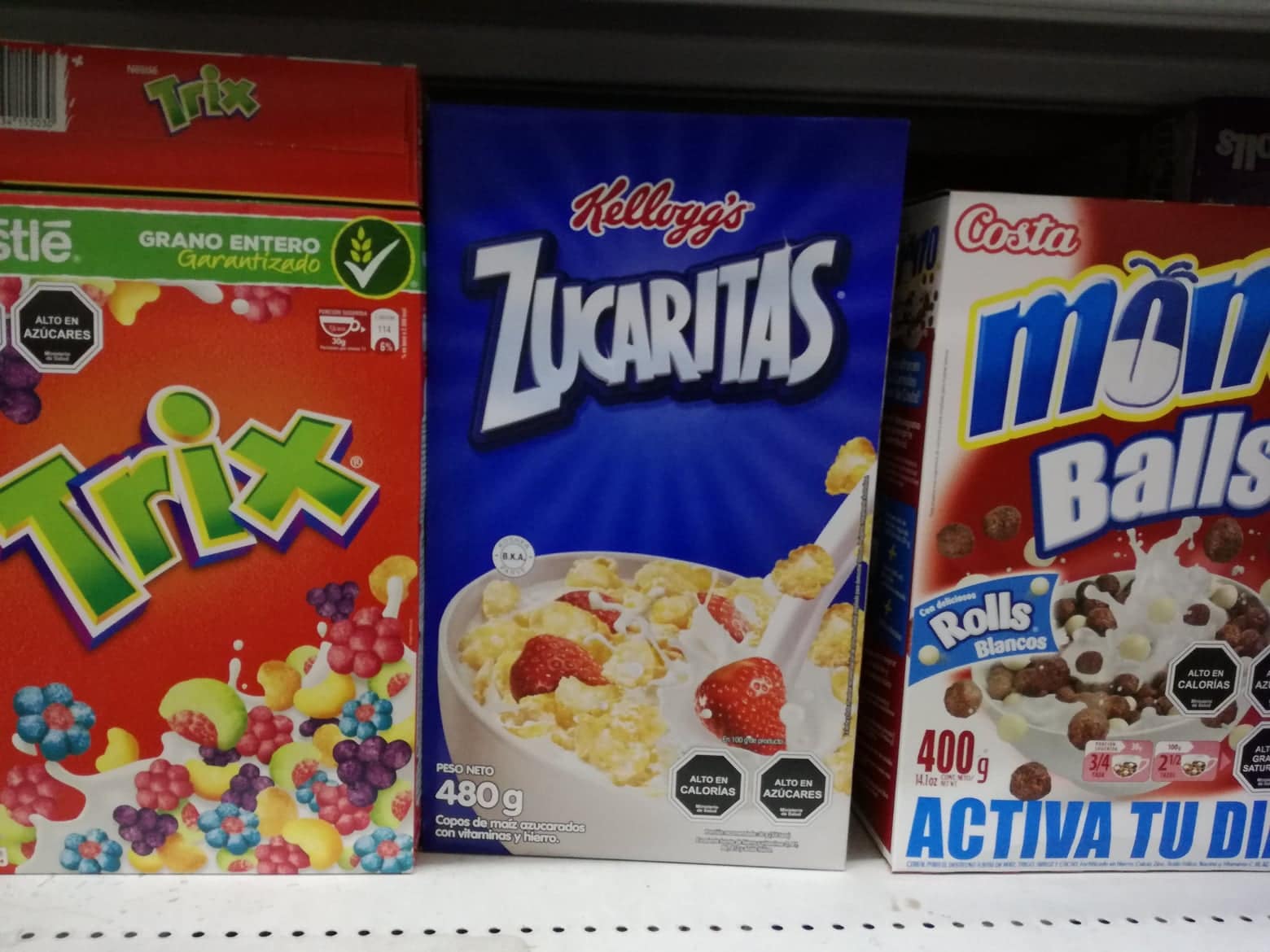In 2016, Chile brought in front-of-package warning labels, restricted unhealthy food marketing to children, and banned sales of all ‘high-in’ foods and drinks in schools in order to reduce rising obesity rates.
These measures were in addition to a sugar tax, introduced in October 2014, which raised the tax rate from 13% to 18% for high-sugar beverages and lowered it from 13% to 10% for low-sugar beverages.
A 'significant' reduction
Researchers from the University of North Carolina in the US and the University of Chile in Santiago have found that purchases of sugary drinks "significantly declined" following the introduction of the policy package in 2016.
Using national data on household food purchases provided by Kantar WorldPanel, the researchers examined changes in ‘high-in’ beverage purchases before and after the regulation took effect. They found that volumes fell by 22.8 ml per person per day – equivalent to almost one quarter (23.7%).
According to the researchers, this translated into roughly 12 fewer calories and 2.7 fewer grams of sugar purchased per capita per day from high-in beverages.
“This observed decrease is greater than purchase changes that have been observed following implementation of single, standalone policies in Latin America, such as a sugar-sweetened-beverage tax,” they wrote in the open-access study, published in the peer-reviewed journal PLOS Med.
Among beverage subcategories, they found the largest reductions in consumption among high-in fruit drinks and dairy.
While reductions were similar for both high-educated and low-educated households, there were larger relative declines among higher-educated households, probably due to their lower consumption of high-in drinks overall. This result may be "concerning", the researchers warn, as it could increase diet inequalities in Chile.
Lawmakers should back package policies
Black-and-white warning labels entered into force in 2018 in Peru and will appear on product packaging in Uruguay in the coming months. Mexico recently voted to introduce warning labels while Brazil’s regulatory authority ANVISA has backed triangular warning labels.
However, Chile's success story could be due to its multiple strategy approach, the scientists suggest.
“The relatively large effect observed here is not surprising, given that the Chilean Law of Food Labeling and Advertising included a package of policies targeting different aspects of consumer behavior, whereas most SSB taxes have been implemented as standalone policies.
“These results suggest that policymakers and public health advocates should consider a package of policies, including FOP warning labels, marketing restrictions, and school sales policies alongside SSB taxes as important strategies for reducing population-level purchase and intake of SSBs.”
The findings have limitations because, based on an observational study, they cannot evaluate cause-and-effect or determine whether the changes were due to changes in consumers’ behavior or reformulation. However, the study is nonetheless useful in understanding how such policy packages can change beverage purchases and informing policymakers, the researchers write.
Source: PLOS Medicine
“An evaluation of Chile’s Law of Food Labeling and Advertising on sugar-sweetened beverage purchases from 2015 to 2017: A before-and-after study”
Published: 11 February 2020, doi.org/10.1371/journal.pmed.1003015
Authors: L. Smith Taillie, M. Reyes, M. Arantxa Colchero, Barry Popkin et al.




